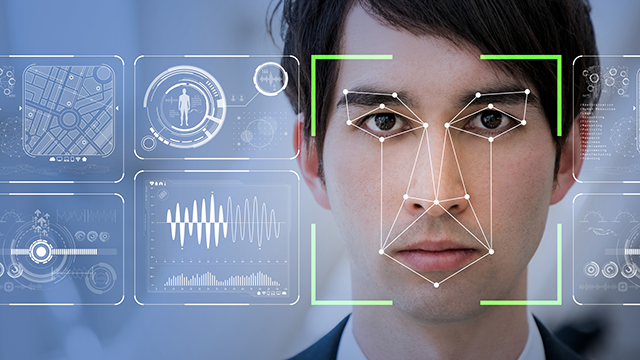PHOTO-VERIFICATION-SERVICES-INDIA
Forensic Photo Analysis and verification of Images

What is Photo Forensics:
Forensic photo analysis, also known as forensic photography or photo forensics, is a branch of forensic science that involves the examination, analysis, and interpretation of photographs to gather and present evidence in legal proceedings. This field has become increasingly important with the proliferation of digital images and the widespread use of photography in various aspects of life.
In an era dominated by digital imagery, the need for accurate and reliable methods to authenticate photos has never been more critical.
Forensic photo authentication serves as the guardian of truth, unveiling the hidden layers behind every pixel and ensuring the integrity of visual evidence. This blog post delves into the fascinating world of forensic photo authentication, exploring its significance, methods, and the pivotal role it plays in various fields.
The Importance of Forensic Photo Authentication:
In a world where manipulation and misinformation can spread at the click of a button, the reliability of photographic evidence becomes paramount. Forensic photo authentication acts as a powerful tool to validate the authenticity of images in legal proceedings, journalism, and even historical documentation. It helps to distinguish between genuine photos and manipulated or forged ones, safeguarding the integrity of visual information.
Methods of Forensic Photo Authentication:
-
Metadata Analysis:
-
Examining the metadata embedded in a photo provides crucial information about its origin, including date, time, and location. Forensic experts scrutinize this data to ensure it aligns with the context of the image.
-
Image Forensics:
-
Techniques like error level analysis, which highlights inconsistencies in compression levels, and noise analysis, which detects anomalies in pixel patterns, aid in identifying potential alterations or tampering.
-
Comparison and Matching:
-
Advanced facial recognition and pattern-matching algorithms play a pivotal role in comparing photos to verify the authenticity of individuals or objects depicted.
-
Exif Data Examination:
-
Analyzing Exchangeable Image File Format (Exif) data reveals details about the camera settings, lens information, and post-processing applied, aiding in the verification process.
Real-world Applications of Photo Forensics:
-
Legal Proceedings:
-
Forensic photo authentication is frequently used in legal investigations to ensure the credibility of visual evidence, helping establish the veracity of crime scene photos, surveillance footage, and witness accounts.
-
Journalism and Media:
-
In an age where fake news and photo manipulation are rampant, media outlets utilize forensic photo authentication to verify the authenticity of images before publication, maintaining journalistic integrity.
-
Historical Documentation:
-
Preserving the accuracy of historical photos is crucial for future generations. Forensic techniques help ensure that iconic images remain untainted, providing an authentic glimpse into the past.
Challenges and Future Developments:
While forensic photo authentication has come a long way, challenges such as deepfake technology and advanced image manipulation techniques continue to emerge. The field is evolving with the integration of artificial intelligence and machine learning, enhancing the ability to detect sophisticated alterations.
Conclusion:
Forensic photo authentication stands as a guardian of truth, unraveling the mysteries hidden within pixels and safeguarding the credibility of visual information. In a world inundated with digital imagery, the importance of this field cannot be overstated. As technology continues to advance, forensic experts will play a vital role in ensuring the authenticity of photos, preserving the integrity of evidence across various domains.


